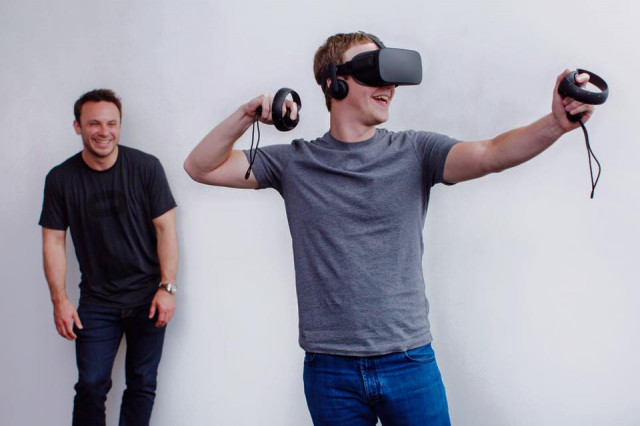According to foreign media, Facebook once again made efforts in the field of virtual reality. Its subsidiary Oculus VR this week acquired the Irish company InfiniLED.

InfiniLED was founded in 2010 and is a company derived from the Tyndall National Institute in Ireland and the University of Cork in Ireland. They primarily developed a series of LED light-source modules based on iLED technology licensed from the National Institute of Tyndall. After being acquired by Facebook, less than 20 employees of the InfiniLED team have joined the Oculus Institute, but the purchase price has not been disclosed.
According to the “Irish Times†report, ILED technology has significantly reduced the energy consumption required for high-quality display, but the technology still has a long way to go from practicality. In addition to extending the battery life of portable devices such as video cameras, cell phones and laptops, VR devices will be the main application areas for the future.

"The Irish Times" said: "With respect to LCD and OLED displays, ILED display power consumption reduced by 20-40 times, and the light produced is four times the former two, and the contrast and color gamut are even better."
Although ILED technology has unparalleled advantages in terms of hardware, the reason for its high cost is that it is currently only used in small areas, such as stadium billboard displays. Professor John Rogers, professor of materials science at the University of Illinois at Urbana-Champaign, explained to us: "The process of manufacturing ILED displays is very complex, in which each LED must be placed and cut separately." However, as the manufacturing process progresses synchronously, ILED display The mass production of screens will likely achieve low-cost mass production.
In response to the acquisition, Kieran Drain, CEO of InfiniLED, said that he was very pleased to receive high praise from Oculus for ILED technology. They also believe that the InfiniLED team will become the backbone of the future VR ecology.